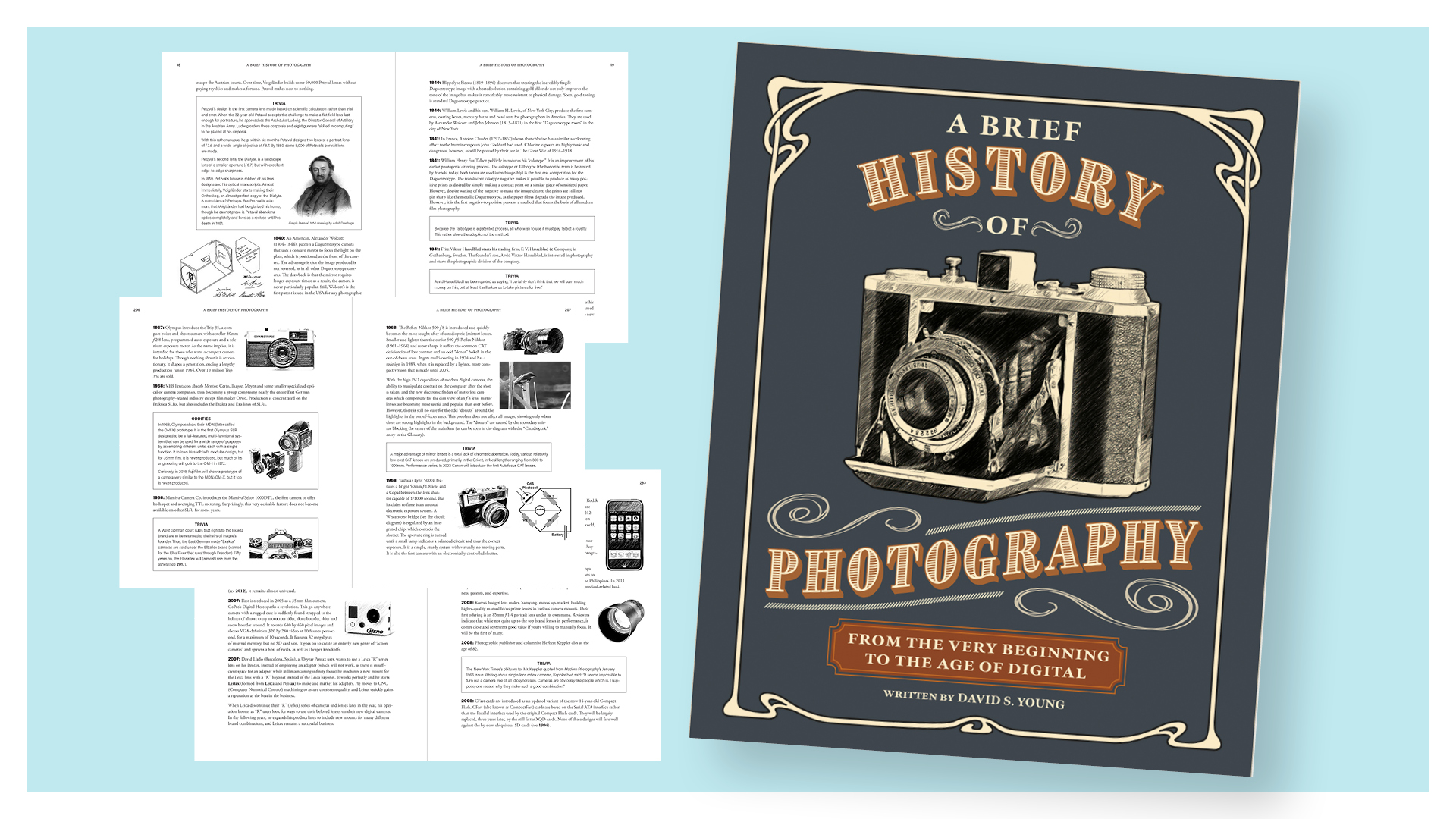10 great travel photography tips from a professional photographer
Want to be a travel photographer? We asked a pro photographer about the tips and secrets behind taking great travel shots
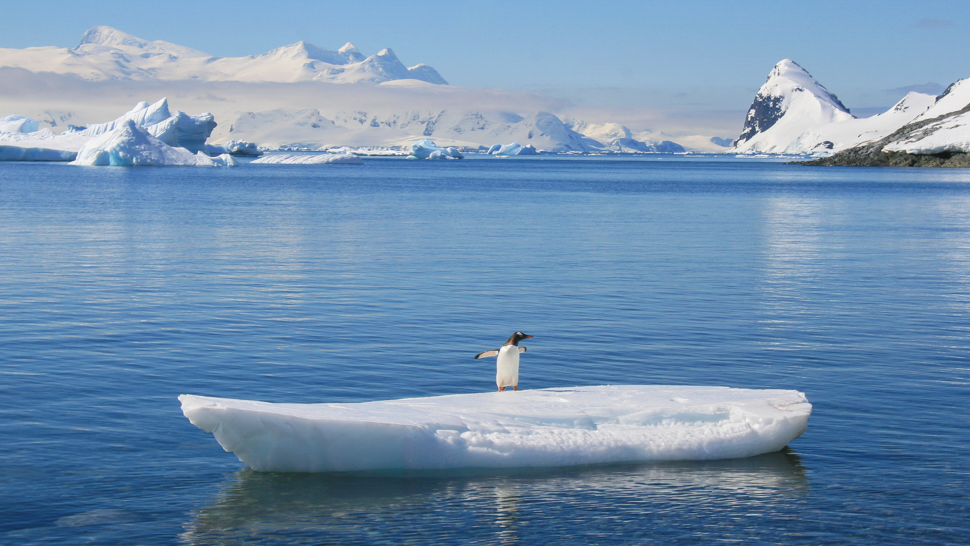
Getting paid to travel the world and capture incredible images of people, animals and landscapes is many people’s dream job, but it’s also one of the most competitive and challenging.
Professional travel photographer Graeme Green gives his practical advice and insider knowledge for improving your photos and getting ahead.
1. Go the extra mile
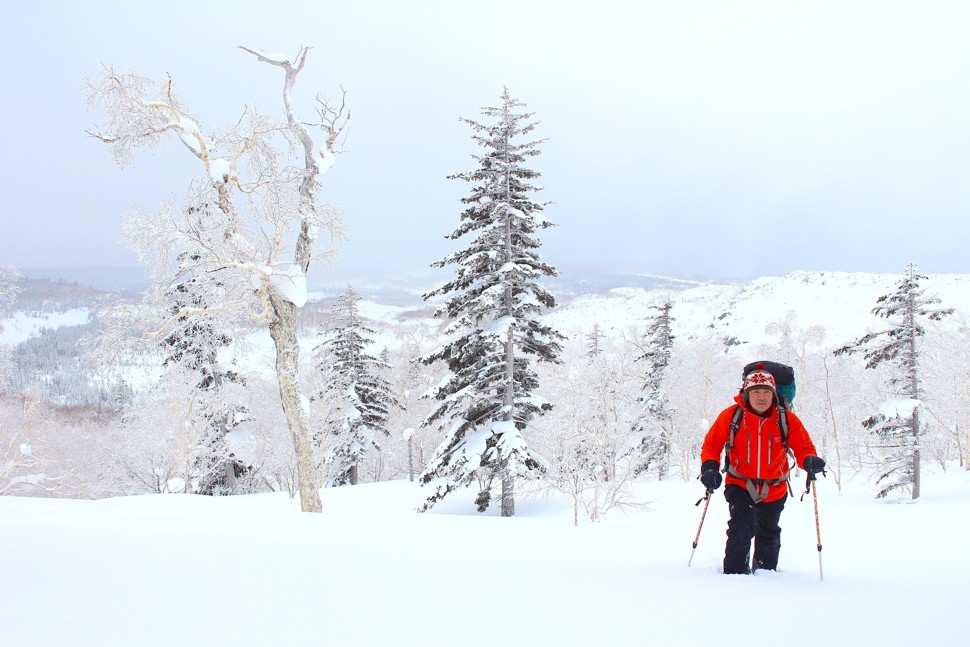
Life as a travel photographer often means getting out of bed (if there is a bed) when it’s dark and cold. I’ve gone out taking photos while wiped out by illness or after getting no sleep on the wooden floor of a hut. There have been long trudges through snow, sand and swamp, and exhausting journeys on dusty tracks. The unexpected or disastrous often happens. Life on the road is hard to predict, but you still have to get the photos you need.
A big part of the lifestyle’s appeal is getting to travel to remote, often wild and fascinating locations, meeting new people and having experiences you just can’t get at home – but it takes effort and time. Early starts, tough journeys, and long, hard days in difficult environments are all part of the job. There might be times when you don’t feel like taking photos, when you just want to rest, but missed opportunities always come back to haunt you. You never know what you might miss.
2. Make a plan
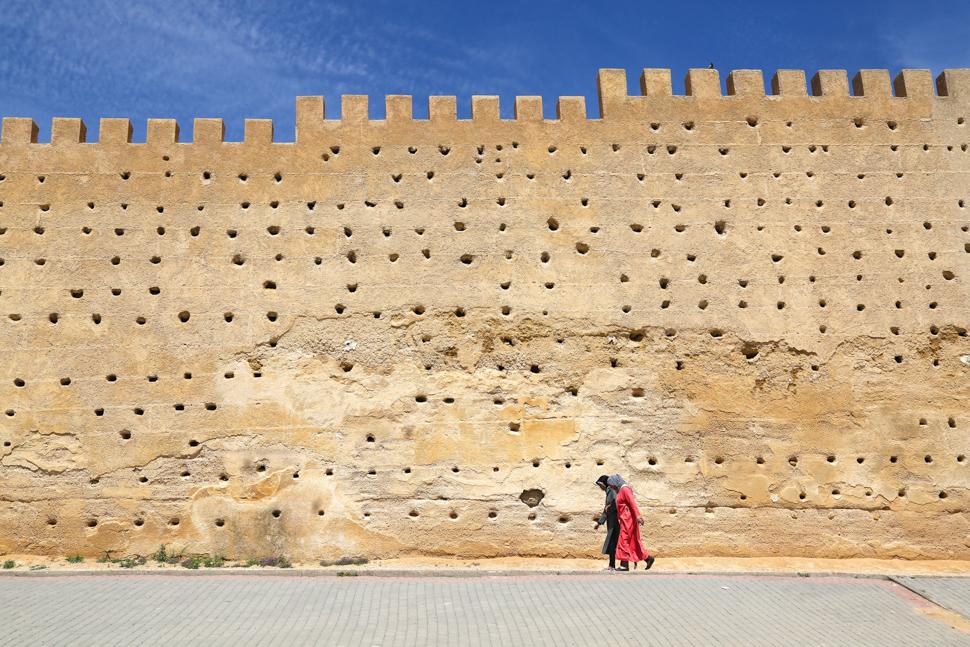
One of my favourite ways to photograph is just to walk, to explore a city or a location without an idea of what I’m looking for or where I’m heading to. You never know what scenes wait just around the next corner for spontaneous photographs.
But sometimes it really pays to plan, especially if you need to get specific shots for an assignment. Think about what you’re trying to achieve, whether it's a close-up or a wider picture of a whole scene. If you’re photographing a festival or event, you need to take into account what time it will all kick off. If you have one, ask your guide or fixer for details on where exactly things will happen, then plan ahead to make sure you’re in the best possible location.
It’s especially worth looking around at where the light is coming from. It’d be frustrating to be present at a dramatic moment only to realise you should be on the other side of the room.
Get the Digital Camera World Newsletter
The best camera deals, reviews, product advice, and unmissable photography news, direct to your inbox!
3. Always be ready
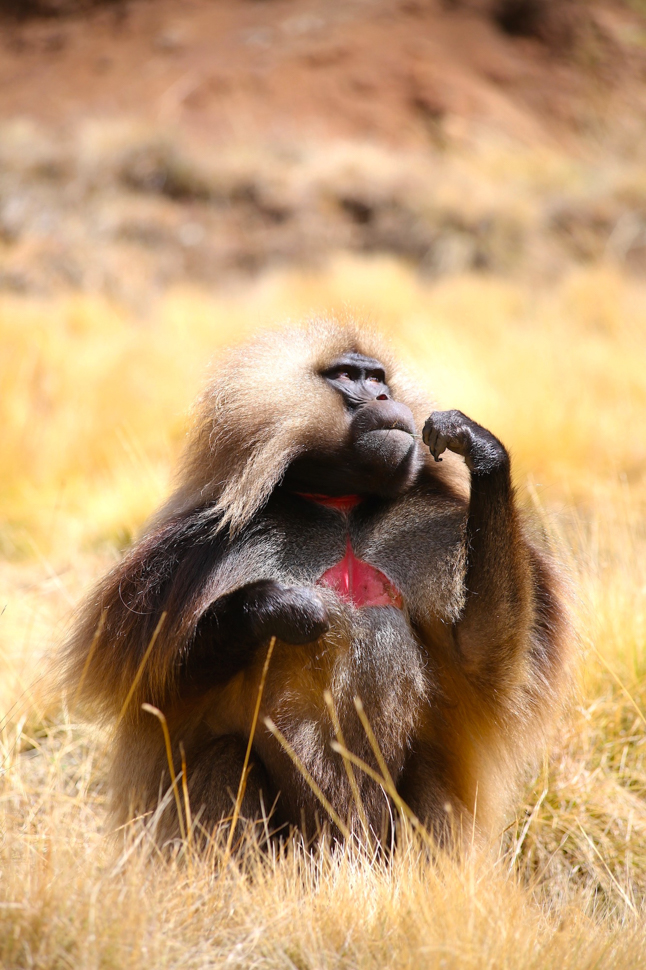
Whether photographing people or wildlife, great photographic moments often pass by once and then they’re gone. You need to always be ready and alert to the action. That particularly means spending time getting to know your camera, experimenting with elements such as shutter speed.
With some photos, you’ll want what you’re photographing to be sharp and clear, whereas others might look good with a blurry suggestion of movement. Also consider focal points and depth of field; what you want to draw the eye to, and whether you want a person or animal to stand out or to be part of it’s environment.
You want to get familiar enough with your camera so that you can make changes quickly, almost instinctively. The last thing you want to be doing when something unmissable happens is struggling to find the right settings.
I usually test my camera in a location ahead of time, while there’s nothing happening, to make sure I have something close to the right settings if and when something does occur.
4. Take your time
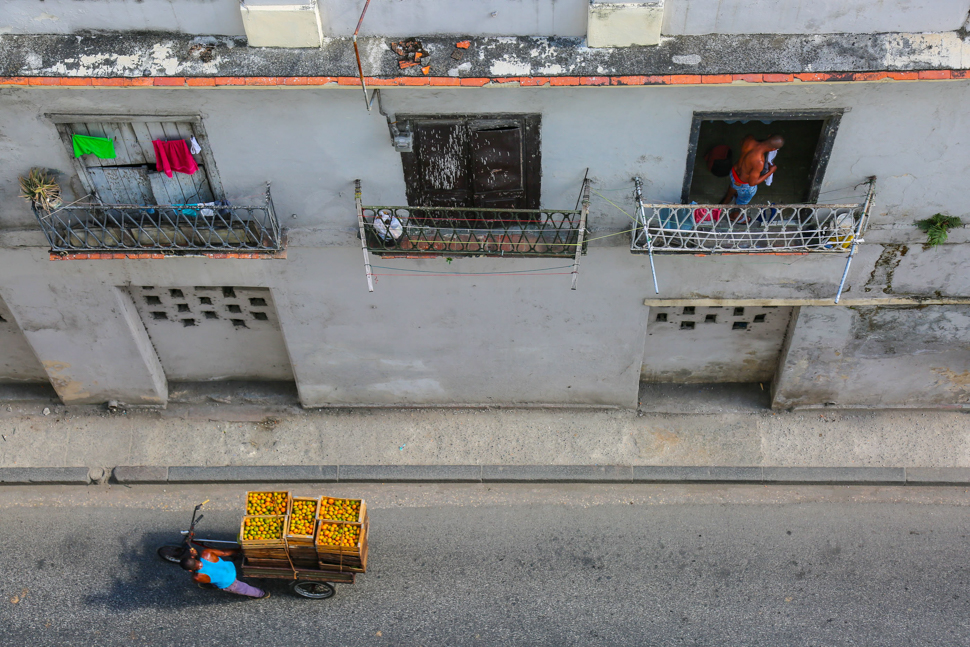
Time and patience are often the key elements that make the difference between a good photo and a great one.
You can come across a building that’s going to look brilliant in few hours, when the light hits it right, or you might find a composition you like but it takes a while for all the key features, including people, to line up in just the right way. As tempting as it can be to take the photo as it is and move on, it pays not to accept compromise and to wait for the best possible picture.
Working in Morocco, I found plenty of compositions that I liked a lot, but it sometimes took an hour or more of waiting to get the photos I was really happy with, with people passing by at just the right moment.
5. Get in the thick of the action
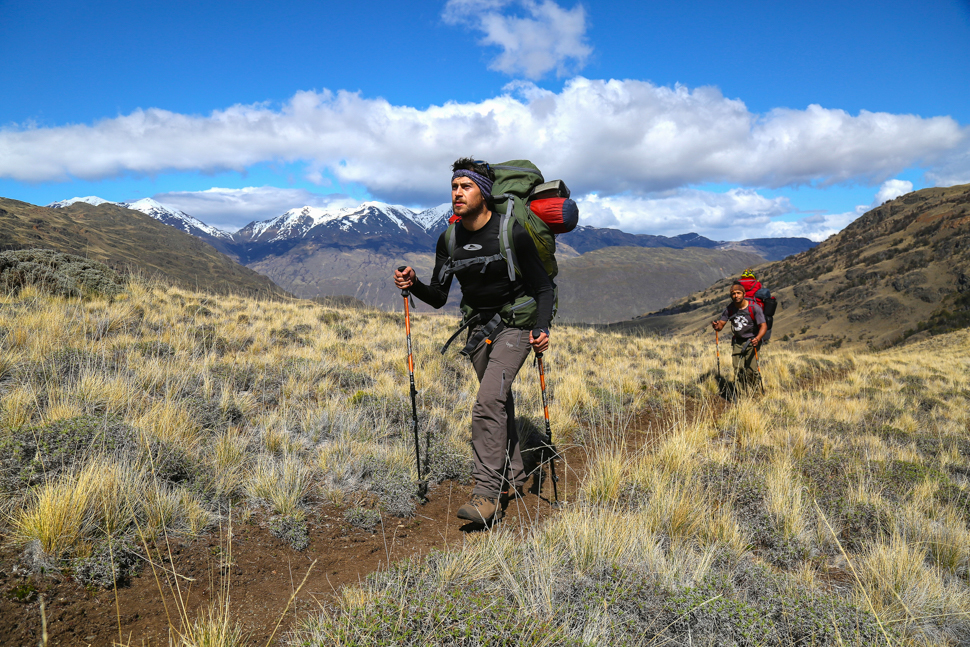
Great photographs really give the viewer a sense of a place or people. They trigger their curiosity and make them want to know more.
With adventure travel photography, you need to capture the action and take people there. Whether it’s biking in Vietnam, snowshoeing in Japan or trekking in Mexico, people looking at your pictures have to feel that sense of adventure and excitement. You need to get in the thick of it.
If you’re spending time with local cultures, you need to communicate a sense of local character, how people live and the surrounding environment. If photographing a sombre religious event or a chaotic carnival, your photos need to capture that atmosphere.
6. Let people see the real world
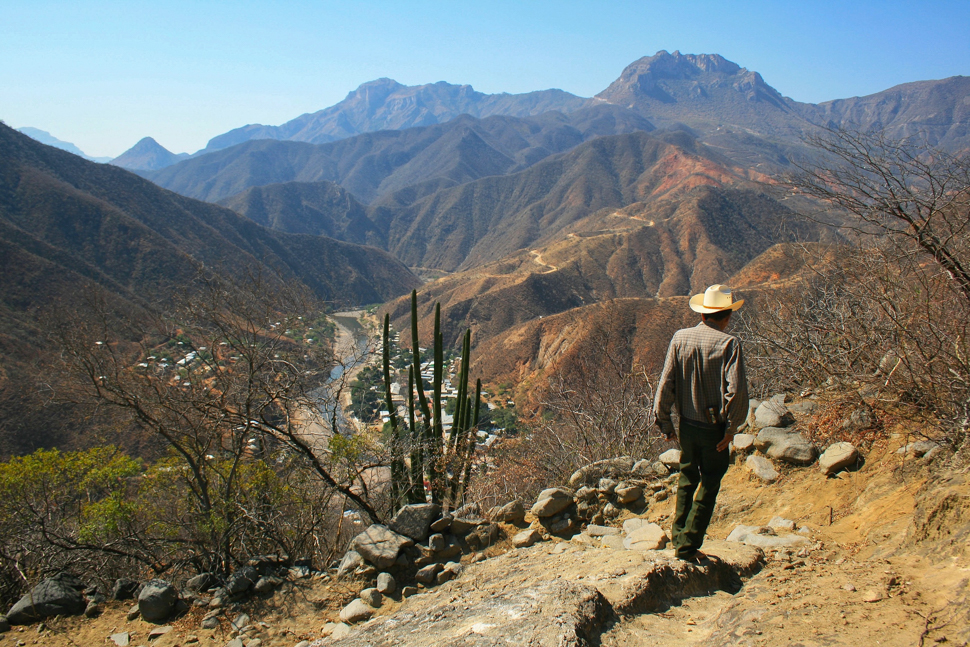
For me, it’s a real turn-off when I see photos online that bear almost no relation to the real world. I don’t, of course, see anything wrong with post-production work to bring out the best in a photo, but I see pictures everyday in which photographers have clearly got carried away with Photoshop or Lightroom’s settings.
Our eyes are pretty clever and detect when something doesn't add up. An over-manipulated photo instantly loses credibility, whether that’s intensely oversaturated colours, a lack of shadows, or oddly manipulated pictures with dark, cloudy skies but scenery bathed in sunlight. Pictures like that might get Likes on Instagram but they're likely to be rejected by newspapers and magazine editors.
For me, it’s more satisfying to capture something real. There are so many remarkable sights in the world without sprinkling digital magic all over them.
7. Think about the impact of your pictures
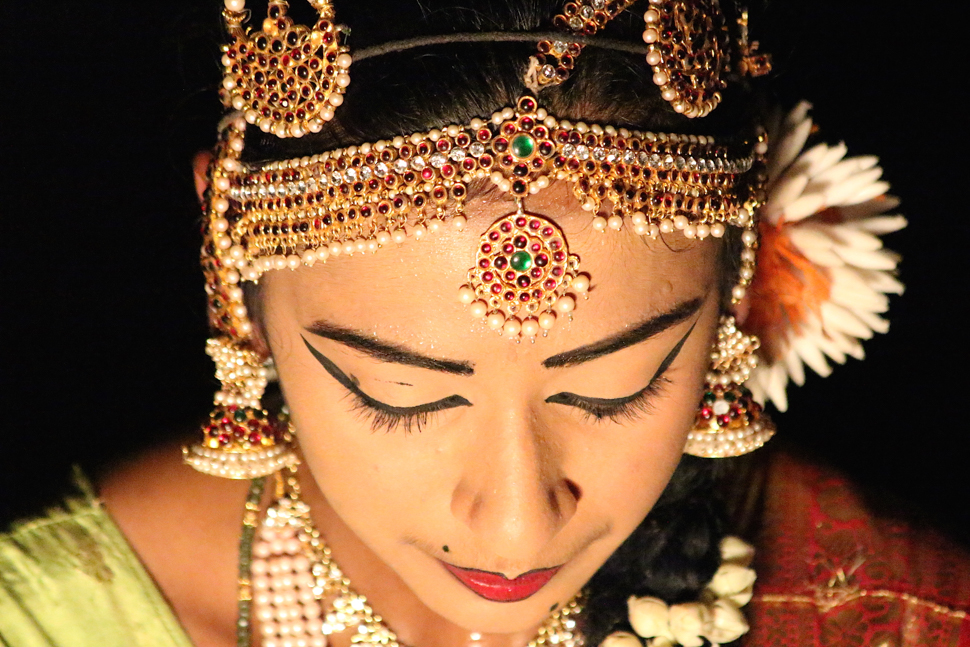
Wherever you go, always treat people with respect. I’ve been shocked by tourists swarming locals with cameras and iPads, treating them like an exotic curiosity, not a person. Whether I’m working with a person or a group for several days or just photographing someone I see on a street, I always check first. Quickly pointing at the camera and asking “OK?” usually does the trick.
You should also always stop and consider what you’re photographing from an ethical position. Photos can do a lot of good, communicating important stories, but they can also have a negative impact, especially if you become part of cruel or harmful practices. In parts of Asia, some tribal women wear heavy metal chains to give them unnaturally long necks, causing painful physical deformities. What was once a local tradition is now more about someone extracting money from tourists who come to take photos.
The same goes for wildlife too, whether it's drugged tigers, dancing bears or performing elephants. I don’t want pictures on my memory cards that helped cause any kind of suffering.
8. Think outside the box
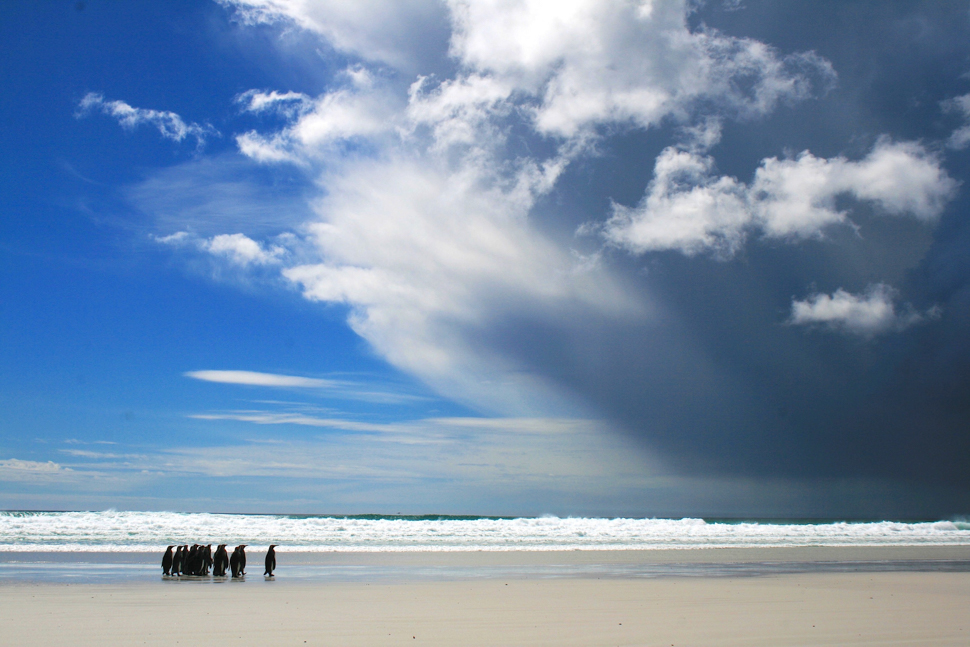
It’s possible to get so focused on photographing one thing, the main event, that you miss what else is happening, including other details that tell a story or make for interesting photos. Remember to look away from the viewfinder; often, it’s small details that others might miss or walk by, rather than the obvious main attraction, that bring a story to life.
Looking around, you can often find interesting juxtapositions between the person or animal you’re photographing and features of the landscape, or perhaps a tower or tree, or even the moon. For one of my favourite wildlife photos from the Falklands, instead of coming in tight on a group of penguins, I zoomed out to show a tiny little cluster of the birds facing an approaching storm, which gave a completely different, and, in my view, more interesting result.
A travel story often requires variety, which means looking around at smaller details, and not just the big, key elements (people, landscapes, animals, buildings, and so on). Details, such as a funny street sign or a unique statue, can add layers to a set of photos and give a fuller idea of a place.
9. Challenge yourself to find new approaches
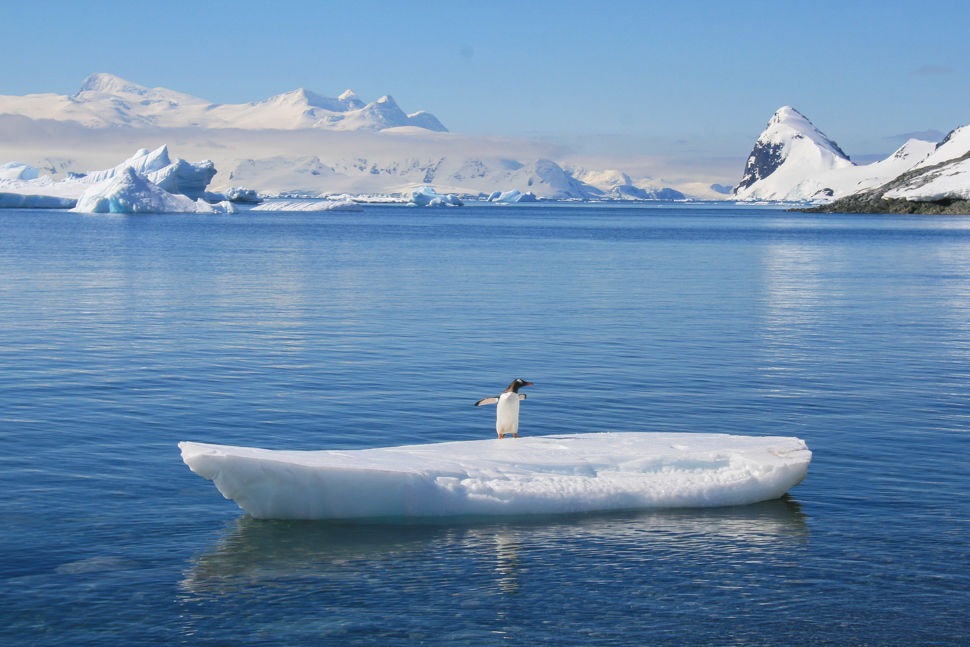
Photography should always be exciting. You never want to get stuck in a rut, repeating the kind of pictures you’ve taken before, or to be satisfied with pictures that are less than your best.
The more time you spend taking photos, the more rewarding it is to be creative and find your own way of doing things. Working for other people, especially demanding editors, is one way to push yourself further. But you should always be challenging yourself to produce photographs that excite you to look at. Study what other photographers do, including what you like and what you don’t like about their work.
Most of all, study and critique your work. How could it be improved? Try to push your photography in new directions, whether framing things differently, seeking out interesting light, or just getting yourself into more interesting situations.
10. Get paid
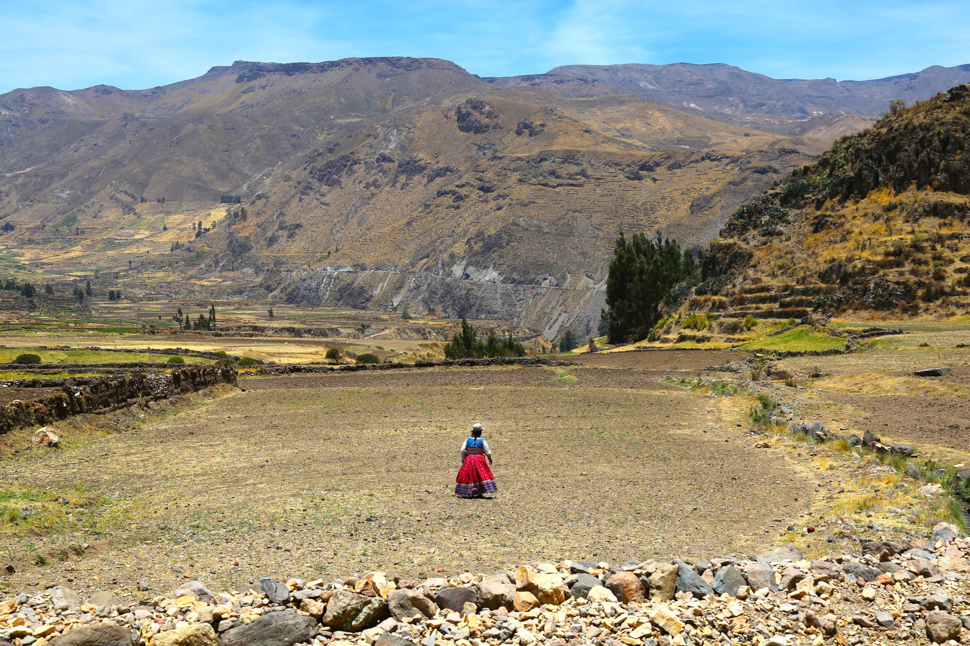
Given the sheer volume of photos produced each day, there’s a culture in the media of asking photographers to give away their photos for free. At some point, unless your landlord and local supermarket accept payment in smiles, you need to get paid for your work.
Getting a job or freelancing for newspapers, magazines and websites means competing against many other would-be professional photographers, so you need to work hard and your photos need to stand out. Build up a portfolio, improve your photography, and work for smaller publications, all of which puts you nearer the front of the line. Having a good social media following and a reputation for being enthusiastic, hardworking and reliable helps.
You can also work for advertising companies, or sell your pictures via online galleries such as Alamy and Flickr. Many photographers sell prints, give talks, teach photography classes, or lead photography tours and workshops.
You need to put a value on your work and your time. In every situation, ask: what am I getting out of this? Is it worth my time and expertise? Travel photography is a tough business but an incredibly rewarding one if you can navigate your way.
Read more:
The 10 best travel cameras you can buy right now
Best travel tripods in 2019
10 ultimate locations for wildlife photographers
How to prepare for a safari or wildlife photography trip
